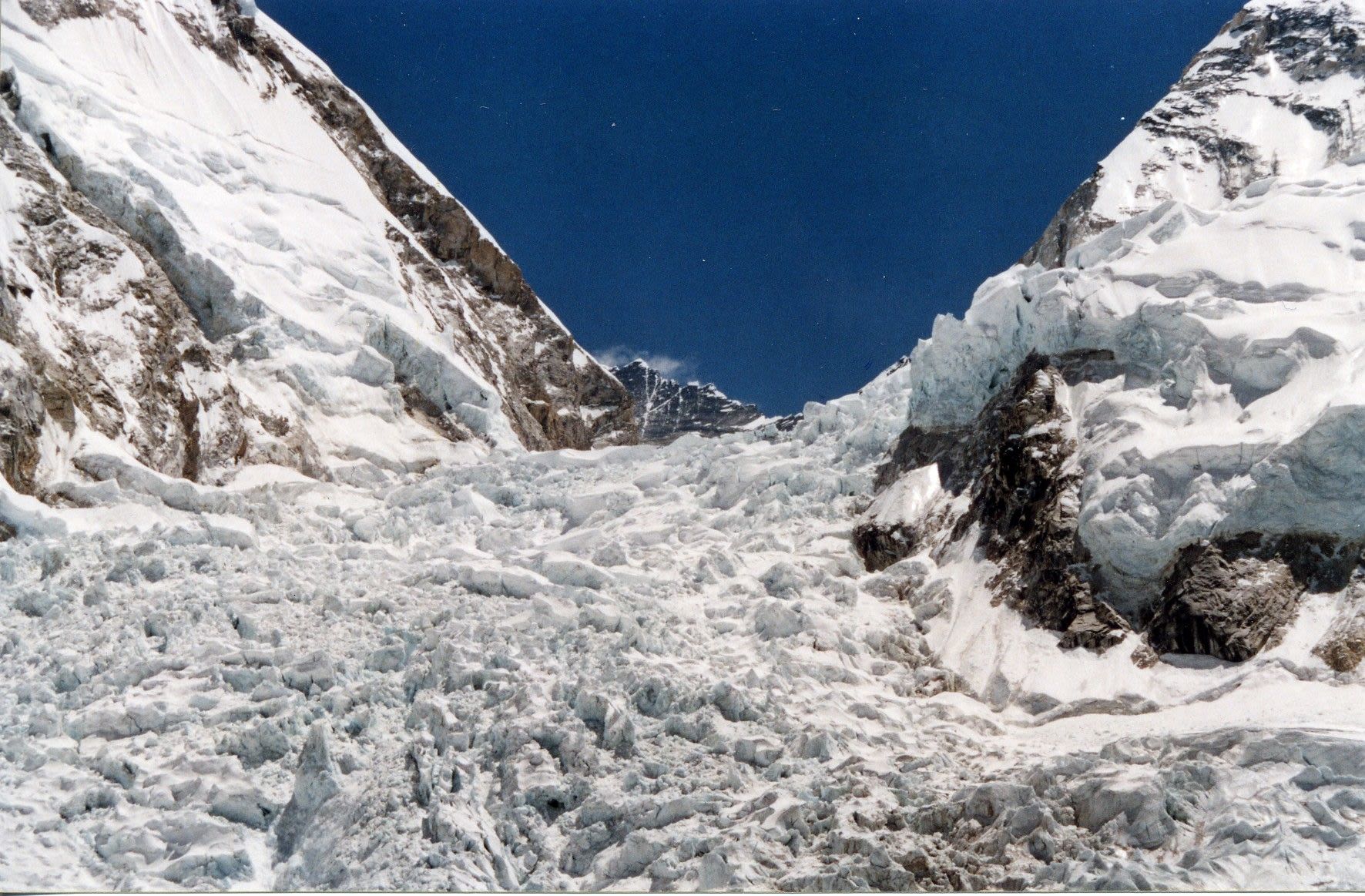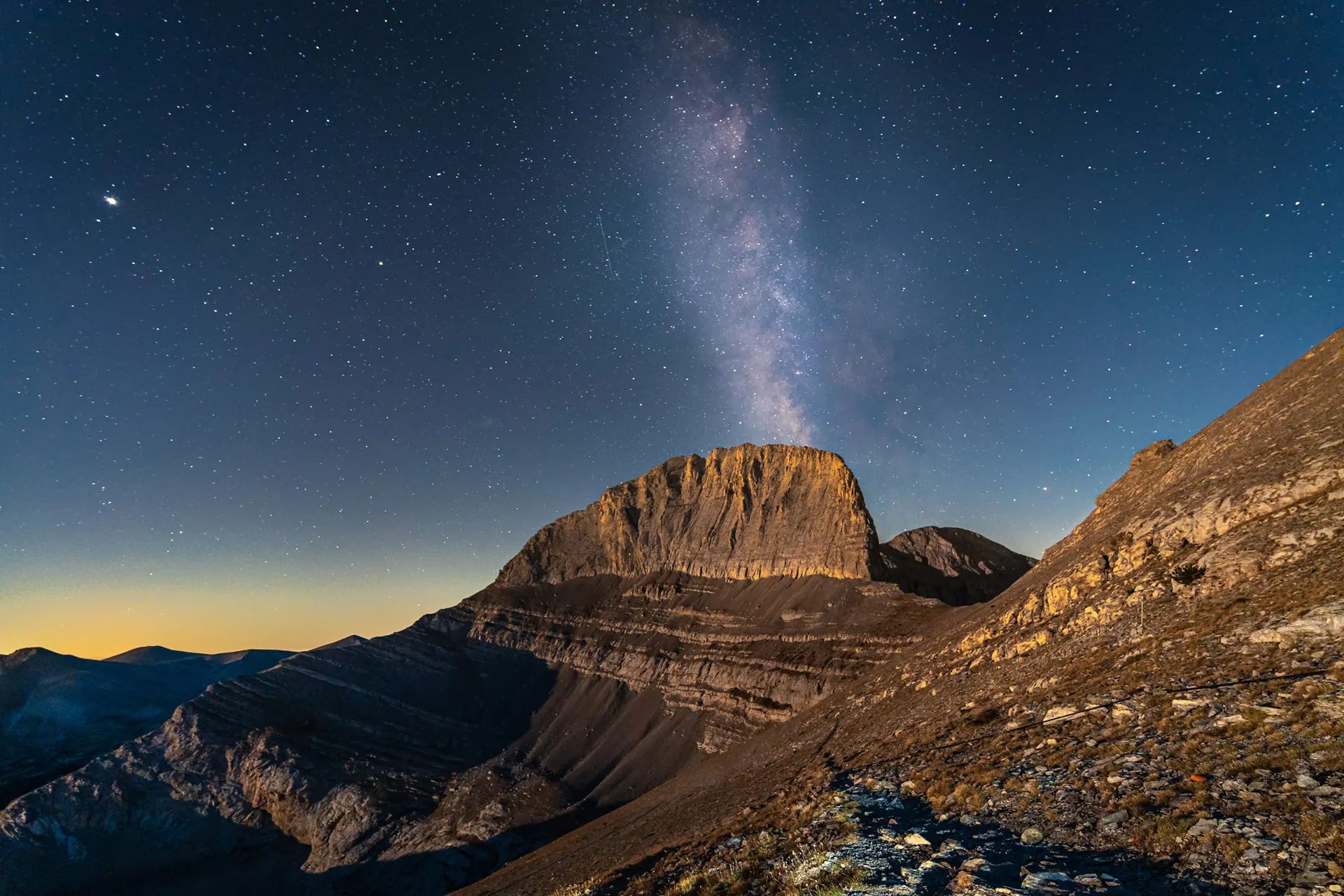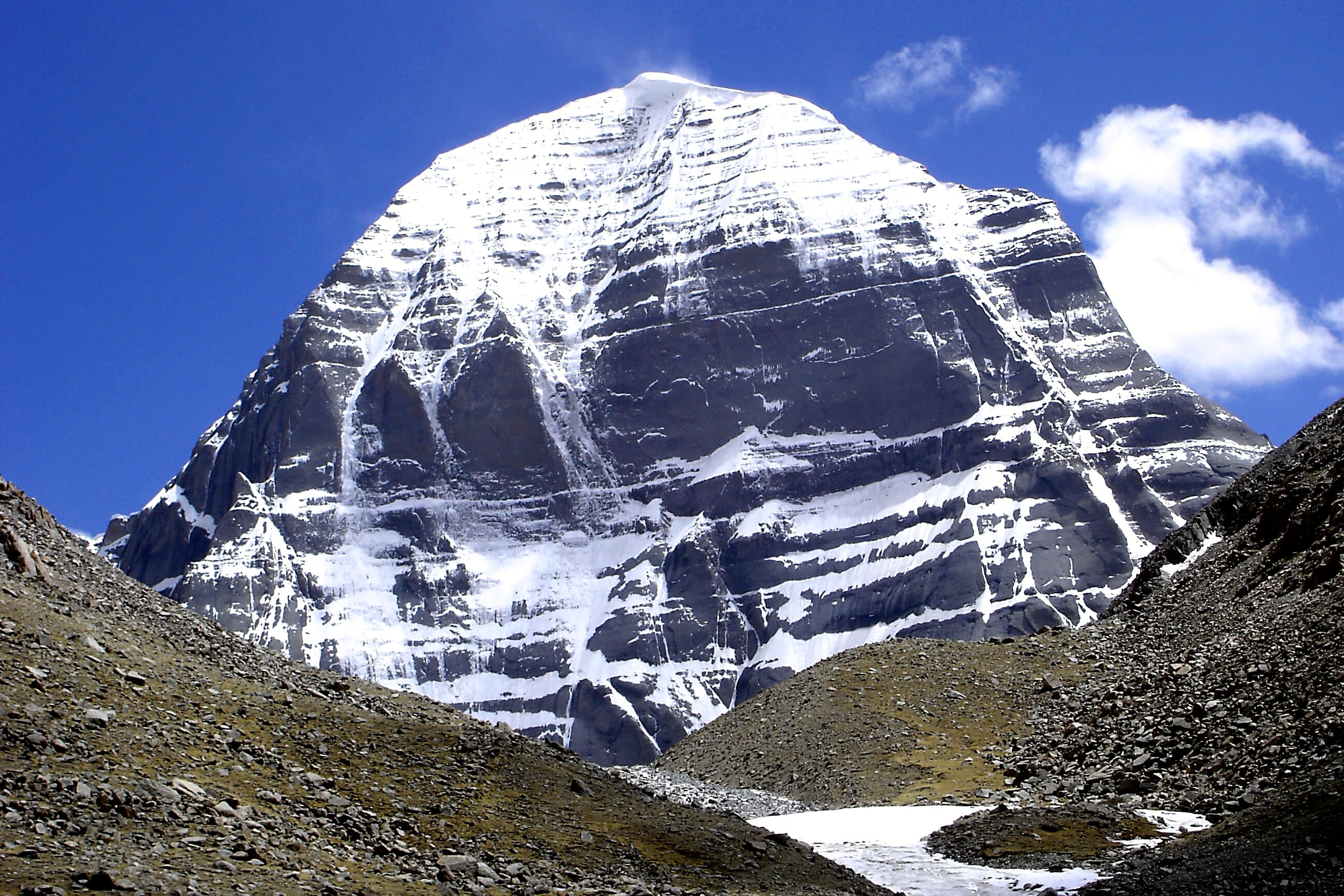The world around us: A deep dive into Enviromental topics

This academic blog focuses on the exploration and discussion of various different topics related to enviroments and enviromental education. It also focuses on the link between academic literature and personal exprience as well as understanding from the enviroment it self.
1. Stone Ape Theory
2. Agriculture Revolution
3. Natural Frequency
4. Glacial Outburst Flood
5. Sacred Mountains
6. Article Review
7. Omnipotence of nature

1.
Stone Ape Theory

In class, we discussed rituals tied to the natural world, like paying respects to the elder tree. This sparked my interest in the relationship between humans and mushrooms, leading me to explore the "Stone Ape Theory." This theory also introduced me to the psilocybin mushrooms found in the English countryside, expanding my understanding of how these fungi might have influenced human cognition and culture.
Terrance McKenna first introduced his "Stoned Ape Theory" in his 1992 book Food of the Gods. He argues that the cognitive revolution and the evolution from Homo erectus to Homo sapiens, around 100,000 years ago, were influenced by the consumption of psilocybin mushrooms. His brother, Dennis McKenna, further supports this idea, suggesting that the development of language, self-reflection, and other unique human cognitive functions may have originated from ancient ancestors who encountered these mushrooms.
There is additional speculation that such changes could have occurred as far back as 2 million years ago, since the human brain tripled in size during that period. Psilocybin mushrooms could have played a role in this growth. There is additional speculation that such changes could have occurred as far back as 2 million years ago, since the human brain tripled in size during that period. Psilocybin mushrooms could have played a role in this growth.
Two kinds of psilocybe mushrooms found in the UK , Liberty cup and and wavy cup
Dr. Thomas Falk, a professor at the University of Dayton, adds that the Stoned Ape Theory might also explain the "creative explosion" that took place about 40,000 years ago, prior to the migration from Africa to Europe. The theory holds particular value because it suggests that exposure to psilocybin enabled early humans to recreate experiences from the external world and social interactions, enhancing their ability to imagine, communicate, and share thoughts through language and other forms of expression.
McKenna also claims that psilocybin would have increased visual acuity at low doses, heightened sex drive, and improved cooperation among early humans, making them more adaptable as a species. While there is confirmed use of psilocybin among contemporary indigenous tribes in Central America, such as the Mazatec and Zapotec, tracing its initial use remains a complex and controversial topic.
2.
Agriculture Revolution

The Agricultural Revolution played a crucial role in transforming societies and reshaping the hierarchy of values. For the first time, humans shifted from a nomadic lifestyle to settling in one place, which allowed for the growth of larger, more stable populations and the development of complex societies. Agriculture provided a reliable food supply, enabling people to focus on other professions, such as blacksmiths, pottery making, building, and writing. This newfound stability gave people a sense of purpose and led to the creation of permanent homes, with time invested in both function and aesthetics.
Before agriculture, human life was centered on spirituality, with rituals tied to sacred places, seasons, and natural phenomena. However, the Agricultural Revolution brought about the rise of institutionalized systems, including organized religion. Chapels and churches became focal points for communities, where people gathered to share similar beliefs and values. This shift allowed for the construction of shared moral frameworks and the expansion of communities based on ideas that were artificially constructed by the human mind.
In class, we discussed how storytelling played a key role in the Agricultural Revolution. Functional stories were essential for effective communication among larger groups, allowing people to share techniques for more efficient cultivation. These shared narratives helped communities collaborate and innovate, driving progress in agriculture and improving societies.
Organized religion played a key role in storytelling, language development, and the formation of emotional connections within these early societies. People became more attached to their homes, communities, and the shared values that bonded them together. The exchange of crops and resources also strengthened these ties, fostering cooperation and communal growth.
Jesus preaching - sharing his stories which later on became beliefs and then facts
Jesus preaching - sharing his stories which later on became beliefs and then facts
However, as societies expanded, disparities emerged. Some individuals gained more access to resources, allowing them to leverage power over others. Similarly, religious hierarchies began to form, with those in positions of authority presenting themselves as godlike figures, demanding reverence from the rest of the population. This concentration of power, both in material wealth and religious influence, laid the groundwork for social inequality and the stratification of early societies.
3.
The Power of Natural Frequency

The concept of natural frequency, particularly the Schumann Resonance at 7.83 Hertz, highlights the connection between the Earth and all living beings. Known as the Earth's "heartbeat," this low-frequency electromagnetic wave resonates between the Earth's surface and the ionosphere, creating a steady rhythm that promotes balance and well-being. Scientific studies have revealed that aligning with this frequency can enhance energy levels, boost the immune system, improve sleep quality, and foster mental clarity. However, in today’s world, this connection is increasingly disrupted by electromagnetic pollution from devices like Wi-Fi routers, air-conditioning units, and other electronic systems. These artificial frequencies create interference, disturbing our body’s natural rhythms, leading to fatigue, stress, and weakened immunity.
Reflecting on this concept becomes even more meaningful when we spend time in nature, where such artificial disruptions fade into the background. During a classroom activity with bat monitors, for instance, listening to the high-frequency calls of bats sparked curiosity about how natural frequencies, including the ones humans can perceive, impact on our well-being. This led to deeper reflection on how the sounds of nature, like rustling leaves or the rhythmic crashing of waves, influence our emotions and promote a sense of calm. Through Guided discovery in Seely Copse I was able to attune to these frequencies, fostering mindfulness and connection with the natural environment.
Peter Lenton’s ideas in Tapping Music to Encourage Environmental Literacy further emphasize the role of sound in deepening our relationship with the natural world. Music and sound, he argues, can create an emotional bond between people and their environment, encouraging greater awareness and care for the Earth. By incorporating natural sounds into music or using guided activities that involve listening to the environment, we can enhance our sensitivity to the subtle frequencies around us.
One promising way to bridge the gap between modern life and natural harmony is sound wave therapy. This practice uses specific frequencies to recalibrate the body’s energy fields, aligning them with the Earth’s resonance. By promoting relaxation and reducing stress, sound wave therapy helps restore balance disrupted by modern technology. It has been shown to alleviate pain, improve focus, and enhance emotional well-being, offering a path to reconnect with the rhythms of nature.
4.
Glacial lake outburst floods

As we explored in class, environmental stewardship and awareness often arise from various experiences, including environmental disasters. As the impacts of climate change become more apparent, such as those faced by people in Nepal, our awareness deepens. This growing empathy for those affected by environmental disasters has spurred a global commitment toward sustainability and environmental summits aimed at addressing these challenges.
Climate change is an undeniable phenomenon that has severe impacts globally, including glacial melt in regions like Europe, South America, and Asia. Today, we will narrow our focus to Nepal, home to the highest mountain range in the world, the Himalayas. This region boasts some of the tallest peaks, including Mount Everest, and hosts vast glacier complexes, many of which are larger than cities. However, due to rising global temperatures, these glaciers are rapidly melting, causing severe environmental and social consequences.
One major issue is the formation of glacial lake outburst floods (GLOFs). As glaciers melt, large lakes form behind fragile ice or debris dams. When these natural dams fail, often due to increased water pressure, earthquakes, or landslides, massive floods can occur downstream. These GLOFs release an immense volume of water in a short period, devastating communities and ecosystems along the way. The overflowing rivers and resulting floods threaten the lives of people, destroy crops, and damage infrastructure.
Nepal, a country already grappling with poverty and limited resources, is particularly vulnerable to these disasters. Its infrastructure, including dams and hydroelectric facilities, is underdeveloped and insufficient to cope with the scale of the problems posed by glacial melt. Though the government and international organizations have made efforts to improve resilience through infrastructure development and early warning systems, these advancements still fall short in addressing the immense challenges caused by climate change.
Nepal October 2024, Flood have killed over 200 people
Nepal October 2024, Flood have killed over 200 people
Khumbu Icefall
Khumbu Icefall
The environmental consequences are equally concerning. The floods erode landscapes, destroy habitats, and disrupt biodiversity in the fragile Himalayan ecosystem. Socially, the displacement of communities, loss of livelihoods, and increased food insecurity further exacerbate poverty in rural areas. Additionally, the costs of rebuilding after such disasters strain Nepal’s economy, leaving little room for long-term development.
In conclusion, while climate change affects many regions, its impact on Nepal's glaciers and the subsequent floods present unique environmental and social challenges. Addressing these issues requires more investment in infrastructure, early warning systems, and sustainable development to reduce the vulnerability of Nepal's population and preserve its ecosystems.
5.
The sacred hidden among us: Kingley Vale and the Power of Nature

Throughout history, humans have sought sacredness in towering landscapes, from Mount Olympus in Greece to Mount Fuji in Japan. Yet, sacred places are not always grand peaks; sometimes, they hide quietly in forests, like the ancient yew groves of Kingley Vale in the UK. Nestled in the South Downs, Kingley Vale is one of Britain’s most revered natural spaces. Its centuries-old yew trees twist and rise like living sculptures, creating an atmosphere that feels both timeless and otherworldly.
Much like sacred mountains, Kingley Vale has been intertwined with human spirituality and reverence for generations. In ancient times, this forest served as a burial ground, and its trees were thought to hold deep spiritual power. Some even say the yews were planted to honor warriors who fell in battle, their presence a reminder of the connection between life and death. The forest’s quiet majesty and the way light filters through its dense canopy create an almost cathedral-like space, inviting reflection and connection with the natural world.
mount olympus
mount olympus
Sacred places like Kingley Vale remind us that divine significance doesn’t always require the grandeur of towering peaks. Just as Mount Olympus was believed to be the home of Zeus or Mount Kailash the abode of Lord Shiva, the yews of Kingley Vale inspire awe and reverence, connecting people to something larger than themselves. In these groves, ancient Britons may have seen nature as a place where the human and the divine intersect, much like other cultures’ beliefs about mountains. The forest teaches us that sacredness isn’t always far away—it can be hidden in the quiet corners of the natural world, waiting to be discovered. Like the Quechua people of the Andes who honor mountains as protectors and givers of life, those who visit Kingley Vale often feel its power to inspire a sense of harmony. Spending time among its ancient trees is a reminder of how deeply connected we are to the earth and its rhythms.
mount Kailash
mount Kailash
One remarkable legend center around Gosainkunda, a sacred lake in Nepal that is dedicated to Lord Shiva. According to the myth, Shiva struck the mountains with his trident (or dagger), splitting them apart and releasing the waters that now form the lake. Gosainkunda has since become a site of pilgrimage, with devotees traveling to bathe in its waters, which are believed to have purifying and healing properties.
In Kingley Vale, we see how nature itself becomes a sacred space, offering solace, wonder, and a profound connection to history and the divine. Sacred places may be as vast as a mountain or as quiet as a forest grove, but their power remains the same—a call to honor the beauty and mystery of the natural world.
6. Article Review
Paris works into becoming the greenest capital city

Inspired by the children’s environmental book Belonging, which illustrates the view from a window on each of a child’s birthdays until adulthood, this piece highlights how an urbanized area can gradually transform into a greener space when both the local community and authorities come together to care for and respect the environment. The story emphasizes the potential for urban areas to become vibrant green spaces that enhance quality of life for both children and adults. This theme also connects to the concept of biophilia—the innate human connection to nature—a principle that is increasingly influencing eco-friendly architecture. In my interest to explore efforts toward creating greener urban environments, I came across an article titled, "France's capital city is getting its first urban forest as its green transformation plan takes shape, but not everyone is impressed."
Paris has begun planting its first urban forest, aiming to create 470 trees by spring on a former busy roundabout. This project is part of a larger green transformation plan to combat pollution and reduce temperatures in the city. The mayor, Anne Hidalgo, seeks to plant 170,000 trees by 2026, with 63,500 already planted. However, critics argue the term "urban forest" is misleading and the projects disrupt existing ecosystems. Despite opposition, Hidalgo plans to continue greening the city, including a new forest near Hôtel de Ville post-2024 Olympics.
Criticism echoed amongst members of numerous ecological associations; Christine Nedelec President of France Nature environments claimed that ’a forest is not a plantation of trees but an ecosystem’. Others believe that it was an attempt to get reelected and help to a an extend the environment.
Paris lies in the uhealthy for senstive groups category
Paris lies in the uhealthy for senstive groups category
Despite Paris's efforts to become more environmentally friendly—such as reducing car traffic, increasing green spaces, improving building energy efficiency, and promoting renewable energy—the city's Air Quality Index (AQI) remains at moderate levels, hovering around 134. This indicates that while progress is being made, challenges like air pollution persist, particularly affecting vulnerable groups.
7.
Nature Indifferent from Humans

Humans often claim they can manipulate, harvest, and control nature. While this may hold some truth, what remains undeniably accurate is that nature operates independently, following its own cycles and laws. It answers no one.
As we discussed in class today, beaches have existed for as long as humanity and will continue to endure. They’ve witnessed countless people from all walks of life throughout history. To paraphrase the poem we mentioned, "I have seen all 200,000 generations of you, and I will see many more."
Nature is indifferent to humans, it simple is; it doesn't acknowledge our values or actions, nor should it, in my opinion. Its omnipotence governs everything, from weather patterns to harvest seasons, to natural disasters.
Although humans have begun tampering with nature—using methods like cloud seeding to manipulate the weather, they are still only scratching the surface of its vast, untouchable power. Human activities, such as contributing to climate change, do disturb the Earth's ancient cycles, yet nature’s resilience and adaptability far surpass any human influence. Earth has survived extreme conditions—once a molten planet, later an ice-covered desert, and now a life-sustaining world with moderate temperatures. Its ability to transform over time is humbling.
This is what makes nature so powerful and awe-inspiring: its capacity to destroy and create simultaneously. Earth is ruthless, devoid of empathy, but it’s precisely this relentless cycle of life and death that allows ecosystems to flourish. The same forces that cause catastrophic events for humans, like earthquakes or tsunamis, can also lead to nature's growth, forming mountain ranges and reshaping landscapes. While disasters may devastate human life, nature finds a way to bloom and renew itself, often more beautifully than before.
References
1. Paris plans to become Europe’s greenest city by 2030, but how? Going Green. (2022, July 4). https://goinggreen.co.uk/paris-plans-to-become-europes-greenest-city-by-2030-but-how/#:~:text=A%20staggering%20170%2C000%20trees%20will,and%20living%20closer%20to%20home.
2. Air pollution note – data you need to know. UNEP. (n.d.). https://www.unep.org/interactives/air-pollution-note/
3. From wind-powered islands to urban forests: Positive Environmental Stories from 2023 | euronews. (n.d.). https://www.euronews.com/green/2023/12/29/here-are-all-the-positive-environmental-stories-from-2023-so-far
4. Air pollution note – data you need to know. UNEP. (n.d.-a). https://www.unep.org/interactives/air-pollution-note/
5. Paris starts work to transform busy roundabout into City’s first urban forest | euronews. (n.d.-b). https://www.euronews.com/green/2023/12/09/paris-starts-work-to-transform-busy-roundabout-into-citys-first-urban-forest
6. Lamb, R., & Henderson, A. (2023, September 29). Stoned ape theory: Magic mushrooms and human evolution. HowStuffWorks Science. https://science.howstuffworks.com/life/evolution/stoned-ape-hypothesis.htm
7. Studio, J. U. D. (2022, November 28). Dennis McKenna – psilocybin and the origin of consciousness: Stoned ape hypothesis. Philosophy and Psychedelics Exeter Research Group. https://sites.exeter.ac.uk/philosophy-psychedelics/transdisciplinary-research-colloquium-on-psychedelics/colloquium-recordings/dennis-mckenna-psilocybin-and-the-origin-of-consciousness-stoned-ape-hypothesis/
8. Terence McKenna: The Stoned Ape Hypothesis (8/22/92): Voices of esalen podcast. Esalen Institute. (n.d.). https://www.esalen.org/podcasts/terence-mckenna-the-stoned-ape-hypothesis-8-22-92-100423
9. YouTube. (n.d.). YouTube. https://www.youtube.com/watch?v=4hYNNj7RJUk
10. Overton, P. M. (2011, February 17). History - british history in depth: Agricultural Revolution in england 1500 - 1850. BBC. https://www.bbc.co.uk/history/british/empire_seapower/agricultural_revolution_01.shtml
11. Blakemore, E. (2019, April 5). What was the Neolithic Revolution?. Culture. https://www.nationalgeographic.com/culture/article/neolithic-agricultural-revolution
12. Secure access to anything, from anywhere. Enclave. (n.d.). https://enclave.io/
13. Bernbaum, E. (2022). Sacred mountains of the world. Cambridge University Press.
14. Fedykovych, P. (2023, February 9). The world’s most sacred mountains. Fodors Travel Guide. https://www.fodors.com/news/photos/the-worlds-most-sacred-mountains
15. Earth has a “heartbeat” generated by lightning. schumann resonances explained, separating science from myth. Schumann resonances | BBC Sky at Night Magazine. (n.d.). https://www.skyatnightmagazine.com/space-science/schumann-resonances
16. English, T. (2021, January 20). Schumann Resonance: Does Earth’s 7.83 Hz “heartbeat” influence our behavior? Interesting Engineering. https://interestingengineering.com/science/what-is-the-schumann-resonance
17. Shamim, S. (2024, October 2). More than 200 killed: What caused the devastating floods in Nepal?. Al Jazeera. https://www.aljazeera.com/news/2024/10/2/what-caused-the-devastating-floods-in-nepal#:~:text=Nepalese%20capital%20Kathmandu%20was%20inundated,the%20Kathmandu%20valley%20in%20years.
18. Guardian News and Media. (2024, September 30). More than 200 dead in Nepal floods, as parts of Kathmandu left under water. The Guardian. https://www.theguardian.com/world/2024/sep/30/more-than-200-dead-in-nepal-floods-as-parts-of-kathmandu-left-under-water
19. Bendle, J. (2024, June 14). Glacial Lake outburst floods (glofs). AntarcticGlaciers.org. https://www.antarcticglaciers.org/glacier-processes/glacial-lakes/glacial-lake-outburst-floods/
20. Vagisha Kaushik “You only get one life. It’s actually your duty to live it as fully as possible.” – Jojo Moyes Living with this motto in mind. A little too sensitive about anything and everything. (2023, June 26). Glaciers in Nepal: Up and close with nature’s five beautiful marvels. TravelTriangle. https://traveltriangle.com/blog/glaciers-in-nepal/#:~:text=Khumbu%20happens%20to%20be%20the,which%20is%20located%20in%20Nepal.
21. Hoeven, J. van der. (2023, March 15). Is nature indifferent to us?. Down the Forest Path. https://downtheforestpath.com/2023/03/15/is-nature-indifferent-to-us/
22. Sathya, A. (2020, January 7). The sublime indifference of nature. Medium. https://medium.com/@anupsathya/the-sublime-indifference-of-nature-d1a56052c01d

















